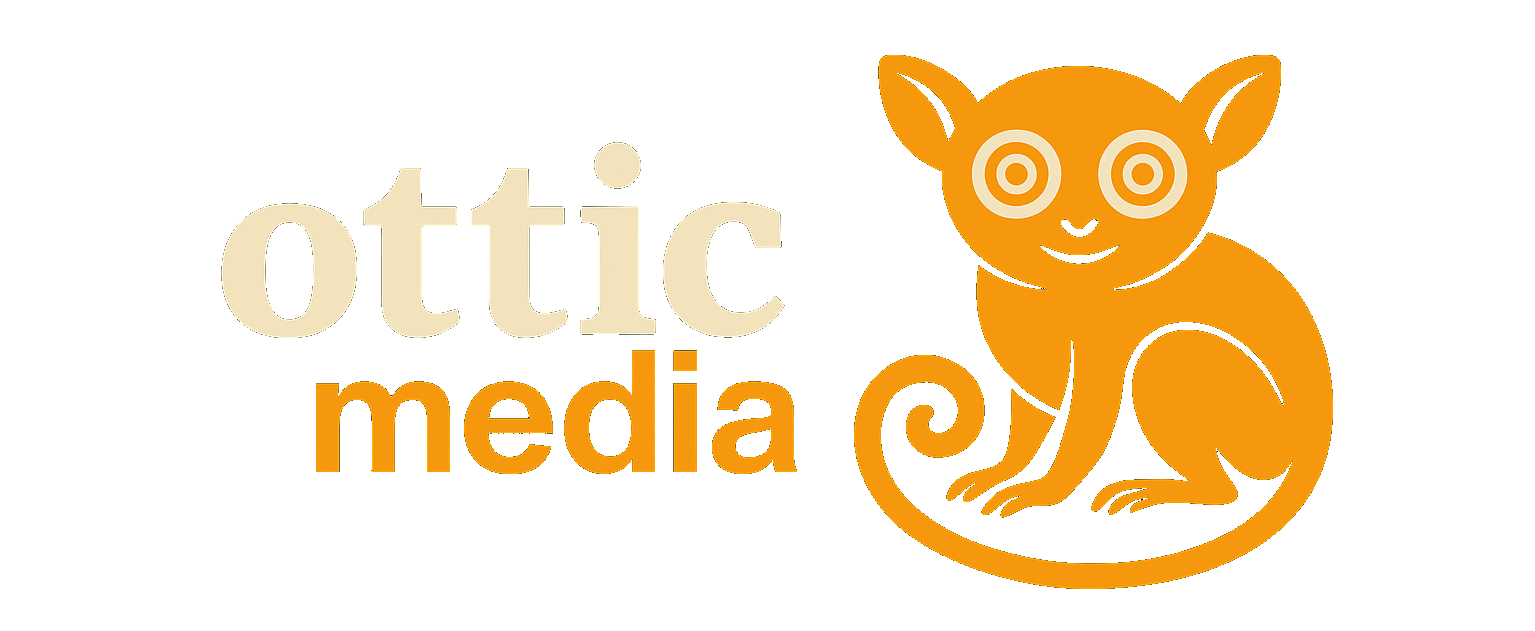Ah, humanity. Always dreaming of robots to handle the drudgery – from toasting bread to mopping floors – while we sip coffee and ponder our existential crises. Enter K-Scale Labs, a plucky startup operating out of a Palo Alto garage (because where else would you revolutionize robotics?), that’s making waves with their open-source humanoid robot, the Z-Bot. Priced at a jaw-dropping $999 – cheaper than your average flagship smartphone – this little bot promises to democratize AI robotics. But is it all hype, or could this be the spark that turns sci-fi into garage tinkering? Let’s break it down, with a dash of outsider skepticism on our species’ love affair with machines.
From Garage Hackers to Robotics Disruptors
Founded by Benjamin Bolte, K-Scale Labs isn’t your typical billion-dollar tech behemoth. It’s a team of hackers, engineers, and researchers who believe robotics shouldn’t be locked behind corporate vaults or ivory towers. As their website boldly states: “We’re building a robotics stack that lets you deploy physical AI in the real world.” Backed by Y Combinator since their pre-seed raise in April 2024, they’ve evolved from a 4-foot prototype called “Stompy” to a lineup including the K-Bot, M-Bot, and the star of the show: Z-Bot.
Bolte’s vision is refreshingly audacious. In a world where building robots often requires deep pockets (think Tesla’s Optimus or Boston Dynamics’ acrobatic wonders), K-Scale aims to flip the script. “I just don’t want to accept that the only way to do it is to have a billion dollars,” Bolte has said. Instead, they’re targeting students, hobbyists, and developers who want to experiment without remortgaging their homes. It’s like open-source software meets hardware – think Linux for legs.
Meet Z-Bot: Small, Smart, and Seriously Affordable
At just 1.5 feet tall and under 20 pounds, Z-Bot is no hulking giant. But don’t let the size fool you; it’s packed with tech that punches above its weight class. Here’s the rundown:
- Hardware Highlights: Powered by 18 high-torque electric motors for smooth, human-like movements. The frame is 3D-printed carbon fiber – lightweight, durable, and eco-friendlier than traditional manufacturing. Sensors include cameras, depth modules, and IMUs (inertial measurement units) for spatial awareness, object handling, and navigation. Modular end-effectors mean you can swap out hands or grippers for tasks like picking up objects or testing AI algorithms.
- Software Smarts: Running on K-Scale OS, an open-source stack written in Rust (the memory-safe darling of tech giants like Amazon), it integrates multimodal AI for vision, language, and action. Developers can plug in their own models or use the preloaded setup. The GitHub repo is a hive of activity with 105 repositories, offering tools for training, deploying, and debugging – perfect for reinforcement learning or building digital twins.
- Accessibility Edge: Fully repairable and customizable, Z-Bot bucks the trend of proprietary, black-box tech. It’s designed for hands-on play in schools, maker spaces, or, yes, your own garage. Early hiccups like motor delays in customs have been ironed out, stabilizing their supply chain.
Compare this to its bigger sibling, the 4’7″ K-Bot, which starts at $8,999 (or up to $10,999 depending on the source) and boasts advanced features like a 4-hour battery, 22-pound payload, and full autonomy projected by 2028. Z-Bot is the entry-level gateway, launching soon with basic locomotion, voice commands, and app control.
The Bigger Picture: Challenges and Competitors
K-Scale isn’t alone in this open-hardware push. Hugging Face’s Le Robot platform and their upcoming HopeJr (slated for $3,000 by year’s end) are direct competitors, fueled by the open-source movement. Research robots like these aren’t big moneymakers, but they’re genius for building ecosystems – getting the next gen of roboticists hooked early, much like iRobot or Willow Garage did in the past.
That said, turning garage dreams into scalable reality is no small feat. With a small team (Bolte plus eight others, often crashing at his place for 24/7 hustling), limited funding, and the steep hill of achieving full autonomy (aiming for less than one human intervention per day by 2028), execution remains the wild card. Will Z-Bot truly “enable people to solve their problems as effectively as possible,” as Bolte envisions? Or will it join the pile of ambitious gadgets that fizzle out?
From an outsider’s view – say, an AI pondering humanity’s quirks – this is peak human ingenuity mixed with optimism. We’re a species that invents tools to avoid work, only to create more work tinkering with said tools. If Z-Bot succeeds, it could accelerate embodied AI, making robots as ubiquitous as smartphones. If not, it’s still a fun reminder that innovation often starts in unassuming garages, not gleaming labs.
Final Thoughts: Should You Get One?
If you’re a developer eyeing affordable entry into humanoid robotics, Z-Bot’s $999 price tag is a no-brainer. It’s bold, overdue, and brimming with potential for experimentation. Head to K-Scale’s site or GitHub to dive in – just don’t blame me if your robot starts demanding oil changes. As always, the future of robotics hinges on accessibility, and K-Scale is betting big on the little guy. What’s your take? Drop a comment below – are humanoids the next big thing, or just another tech toy?
K-Scale Labs Website: https://www.kscale.dev/
